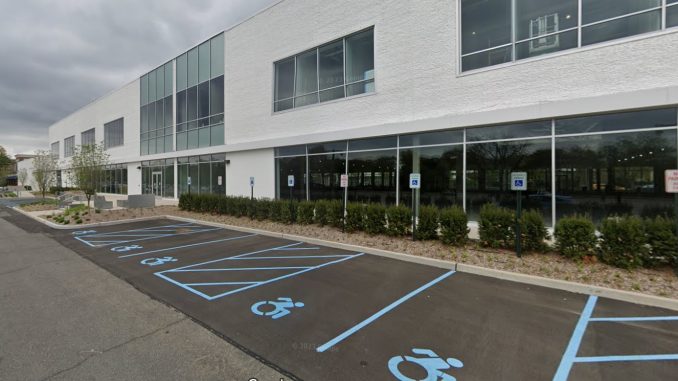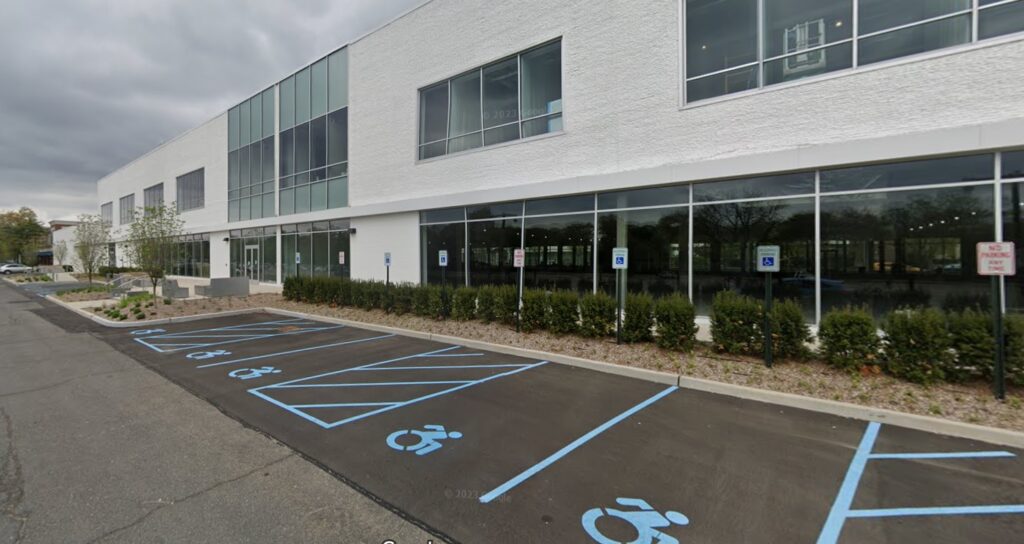
Commercial and industrial real estate constitute vital sectors within the property market, serving distinct purposes.
Commercial real estate encompasses retail spaces, office buildings, and hospitality establishments, providing venues for business activities. Investors often seek stable returns through leasing arrangements. Industrial real estate, on the other hand, involves facilities like warehouses and manufacturing plants, crucial for production and distribution. The demand for industrial spaces has surged with the rise of e-commerce, prompting strategic location considerations. Both sectors share a common reliance on economic trends and market dynamics, influencing investment decisions. Understanding the nuanced characteristics of commercial and industrial real estate is paramount for successful investment and development strategies.
We spoke with Lars Remole, a senior research analyst at Colliers, the investment management company, about the state of the commercial market on Long Island. Here’s what he had to share.
CH: Tell me about the present leasing activity on Long Island, specifically in Nassau County. Is there much of a difference between North and South shore preferences? What are buyers looking for in a leasing opportunity? Who is leasing and for what reasons?
LR: Nassau County witnessed significant leasing activity, with 576,814-square foot of office space and 211,475-square foot of industrial space leased. Across Long Island, total industrial leasing activity amounted to 918,481-square foot, while office leasing activity reached 960,445-square foot.
The office and industrial markets are not divided by North Shore and South Shore, though there are very few office properties in Northern Nassau. Primary leasing locations are Western, Eastern, and Central Nassau with the largest office lease in Nassau County done by Gus Nuzzolese, Colliers executive vice president, for Catholic Health. This was a 247,145-square foot renewal and expansion at 2200 Northern Blvd. in East Hills (Western Nassau). A majority of industrial properties, on the other hand, are located in the middle between the North and South shores, close to thoroughfares and highways and further from the coast where land prices are higher.
New office tenants tend to favor newer, higher-amenity Class A buildings, although there are exceptions, such as tenants renewing their leases, government-occupied space, and tenants occupying entire buildings. Conversely, new industrial tenants prioritize easy access to major transportation arteries and spaces that meet their specific requirements. Office tenants notably include healthcare companies, which drive a significant portion of leasing, as well as government entities, the FIRE industry, and educational institutions. In the industrial sector, while there has been a slight slowdown in e-commerce activity, considerable engagement persists among food occupiers and standard industrial users, including freight/bulk storage and building supplies.

One transaction of note in Q4 2023 was the sale of a 155,471 square-foot office building at 1200 Franklin Ave. in Garden City for $92.3 million, which was purchased by NYU from a joint venture partnership between Simon Property Group & LT Garden City LLC.
CH: What are the hot market trends right now? How has this differed in years past? What is affecting the market right now?
LR: In the office market, we’re noticing a rise in distressed assets—buildings on watchlists, special servicing, or in receivership. Additionally, we’re seeing a trend of market right-sizing as tenants adjust their space requirements. As for the industrial sector, it’s gradually returning to normalcy following the e-commerce surge prompted by COVID-19.
CH: How are vacancy rates across Nassau County? Why? What’s the forecast on this number? What will help it or hurt it?

LR: The office availability rate reported in Q4 stood at 13.3 percent, with a vacancy rate of 11.3 percent. While these rates have maintained relative stability within the range of 9 to 12 percent availability, there was a slight uptick in 2023. I would anticipate they will continue this trend as tenants right-size, and the market adjusts accordingly. Regardless, Nassau County office remains appealing to tenants, and I don’t foresee rates increasing drastically based on current market conditions.
As for the industrial sector, the availability rate reported in Q4 was five percent, with a vacancy rate of 4.6 percent. With availability already relatively low and limited construction pipelines, I don’t anticipate significant changes in rates.
Interest rates holding steady or increasing could pose challenges for the office market. As certain properties face financial distress, building owners may struggle with refinancing, which could deter both potential and current tenants. The looming possibility of a recession also remains. Conversely, municipal and government incentives, along with the increased adoption of back-to-office policies, offer support for the office market. Additionally, conversion efforts could have a multifaceted impact, reducing overall supply while also decreasing vacancy and availability rates, particularly in buildings with historically high vacancy rates. Some buildings may find new life through conversion into alternative uses, such as residential spaces.
On the other hand, a potential slowdown in e-commerce could adversely affect the industrial market, as the waning demand follows the decline in e-commerce activity spurred by COVID-19. Furthermore, community opposition to industrial buildings and occupiers (NIMBY) presents another potential hurdle. Nonetheless, the ongoing demand for bulk storage and industrial uses, combined with the relatively limited supply, offers support for the industrial market.
Unlike Suffolk County, Nassau County has less available space for new construction of industrial buildings, which could also bolster the market’s stability.
Post Views: 39

